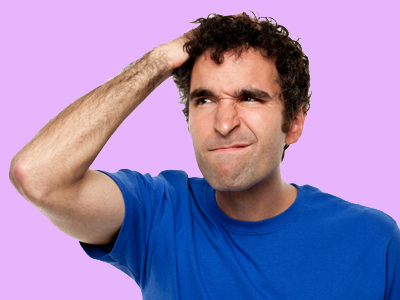
Letter Writing (Formal) 01
Formal letters are important, especially when applying for jobs. A well-written formal letter can be the first step to getting an interview.
Formal letters are written for many reasons, especially to persuade, to complain, or to inform. In each of these cases, it is important to make a good impression on the person you address. If you make a favourable impression, that person might be more inclined to pay attention to the content of your letter. If, example, you are trying to arrange a week's work experience and you begin your letter to the company or office like this, "Hiya Miss", or "Hey Sam : )", your letter might just go in the bin!
To make a good impression, be sure you know the rules for composing a formal letter. This is also true for email, which has rules for formal and informal messages. The main difference with email is that you do not need to add street addresses for yourself and your recipient and you always need a subject line.
Learn more about formal letters in our second English quiz on Letter Writing.
Ready for more?
not all...
quizzers. Try to win a coveted spot on our Hall of Fame Page.







